2015.06.25 15:39
23 June
I think original content scares people. I think it especially scares people that want to be original themselves. For example, originality in design makes other designers feel inadequate, although mimesis is guaranteed to follow. There is also the guarantee that some will immediately steal the original content and then quickly try to somehow pass it off as their own.
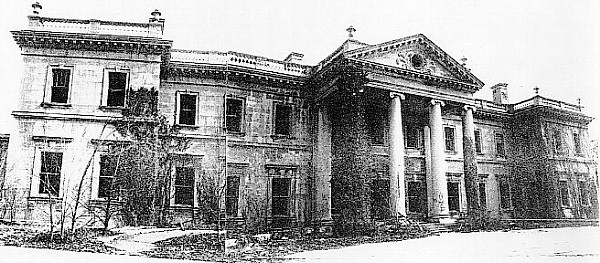
The notions of research vs. method and a theory/practice dichotomy sounds very similar to a thread that transpired here sometime within the last six months:
The debate was whether "the tools we use determines the way we think" OR "the way we think determines the way we use tools."
Don't miss a chance to sharpen your design skills by exploring, spelunking, a dangerous work of architecture on the verge of collapse...(and then went on to more or less specify the fate of the WTC as code compliant hazard).
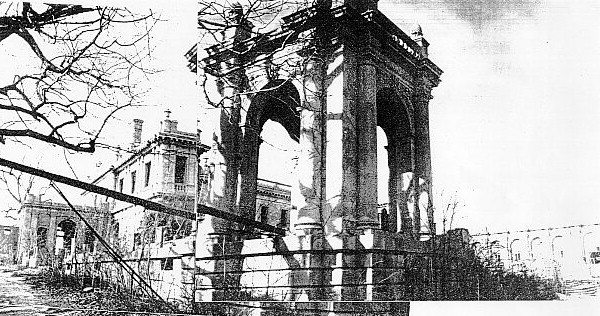
There is a lot of structural and spatial and design innovation going on that makes 'signature buildings' more than only a commercial backdrop. Many 'signature buildings' actually make significant contributions to architectural history. Perhaps a more real issue it that the distinction between hype and history is completely ignored to the point where the hype is what becomes a much distorted history.
Going to Stotesbury Mansion (really named Whitemarsh Hall) in the early-mid 1970s was very much "exploring, spelunking, a dangerous work of architecture on the verge of collapse." Maybe my design skills got some sharpening there.
The world's tallest building record holders in order are:
Great Pyramid at Giza
tower of Beauvais Cathedral (collapsed)
Great Pyramid at Giza (again) or
possibly the second Pyramid at Giza
Washington Monument
Eiffel Tower
Chrysler Building
Empire State Building
World Trade Center Towers (collapsed)
Sears Tower
Petronis Towers
| |
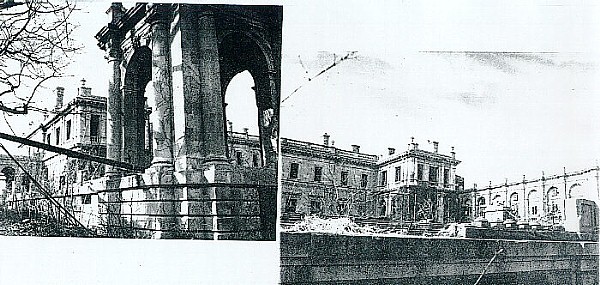
I espoused the latter, and I am struck by the similarity of the latter to what G. said: "What you think determines what you do and how you do it. In short, ideas really do matter." The point I wish to make now is that I have lately come to believe that BOTH of the above approaches are intertwined and perhaps even co-dependent, hence signifying a duality instead of a dichotomy.
...I only presented those "world's tallest building" record holders that made a significant 'leap' in height beyond a previous record holder. There is a distinct pattern of heights going from 500' to 1000' to 1500', and I (again) wonder if 2000' will ever be achieved.
As to design-talk, maybe there will always be two sides to ever story, or, more exactly, two opposite sides of roughly equal measure and a third slim marginal side that is circular and perpendicular to both of the others.
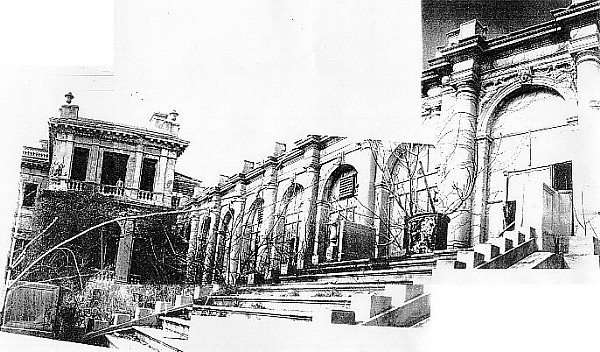
Here's a few images of Stotesbury very much the way I remember it--it was a sort of personal quest for me to at least get into every room of the place, thus many visits--only went into one of its three basements, however; rumor had it that the bottom two basements were flooded out. The art treasures of the Metropolitan Museum of Art were stored here during World War II.
So, within the 'star system' who then are the "stars" and what form-buildings got the press? As large as the realm of architecture is, it's still a finite set, so we can actually be specific rather that general. Gehry, Koolhaas, Eisenman, Hadid--are these at least on the list of 'who is a starchitect'?
How buildings get press is what should be much more studied. For example, having "Guggenheim" attached to any building design will get lots of press because the Guggenheim already has a whole staff department devoted to generating press, besides the fact that the major mission of the institution itself is to exhibit. Ironically, the "Virtual Guggenheim" by Asymptote was pretty much literally just press.
If starchitects are really just pseudo celebrities, is that then already a sign of just how relative starchitect status is?
Is "a style" really such a bad thing? I actually see a lot of diversity from architect to architect, and even with a specific architect's oeuvre there is often diversity at least via nuance, if not actually just plain diversity. I thus question the full validity of "same bag of (increasingly superficial) formal tricks."
One could also argue that there is now-a-days a whole lot more critical architectural criticism going on, but it all right away falls into various camps--New Urbanism, Bilbao effect, anti-starchitect, etc.(?)
Most people I know know absolute nothing about architectural style. I'd go so far as to say that even most architects don't know all that is really going on design-wise now-a-days.
"Lesser known architects follow the public's new tastes."--that sounds very subjective to me.
"Architecture" loses yet another battle." --Is an imaginary battle really a battle? Can an imaginary battle really be lost?
I'll leave it at that, but I think the second set of points of regarding Archigram and backlash casts much too large a net, with big holes. Somewhat insular itself even.
parting shot:
Architects can well design buildings, put I don't think they'll ever be able to design clients.
| |
2015.06.29 14:26
Why are people so fascinated with classical architecture?
"In a nutshell, (some) people are so fascinated with classical architecture because it teases the soul with the prospect of there being, in fact, an eternal ideal worth striving for. This eternal ideal, according to Classical Thought, exists independent of ephemeral social or individual fallacies of thought or beliefs. It affirms the purpose of an infinite, eternal existence as being the limitless pursuit of truth, happiness, virtue, and the divine destiny of those who propose to be more than the sum of their ephemeral motivations and propose to be more than just another unconscious beast laboring in the field."
Is that what Nero said upon entering his new Golden House (which he had built after the notorious fire made room for it), or is that what Hitler said upon entering Die Neue Reichskanzlei?
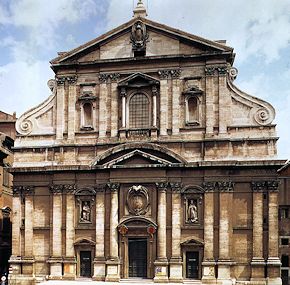
2015.06.29 14:53
Why are people so fascinated with classical architecture?
So, you've studied the proportions of Il Gesu and found the proportions to be "pretty much perfect"? What exactly makes the proportions so prefect? Is your study of Il Gesu available for others to study?
I'm not so sure the size of that shield over the center door is so perfect--it's oversized. The relationship of the arc pediment over the pointed pediment is a bit too squeezed. And, over all, the whole attic elevation is better proportioned than the whole entrance elevation.
2015.06.29 16:59
Why are people so fascinated with classical architecture?
I'm not opposed to the topic of Classical Architecture. What I don't like is the better-then-thou/we're-the-victim-of-academia/people-love-classical-and-hate-modern rhetoric that most current-day advocates attach to the topic of Classical Architecture. What's never discussed (at least here) are the actual merits of present-day 'classical' designs.
|